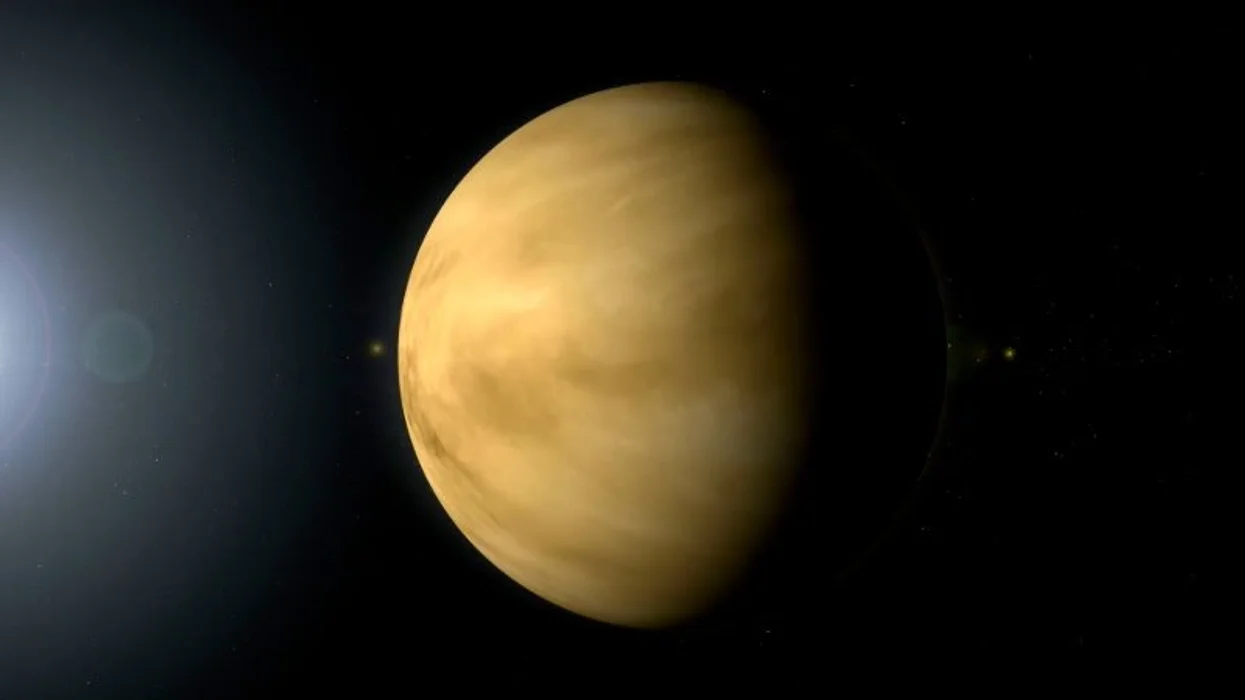
New data from James Webb Space Telescope and simulation models have confirmed a new type of planet unlike anything found in the Solar System.

The space debris problem won't solve itself. We've been kicking the can down the road for years as we continue launching more rockets and payloads into space.
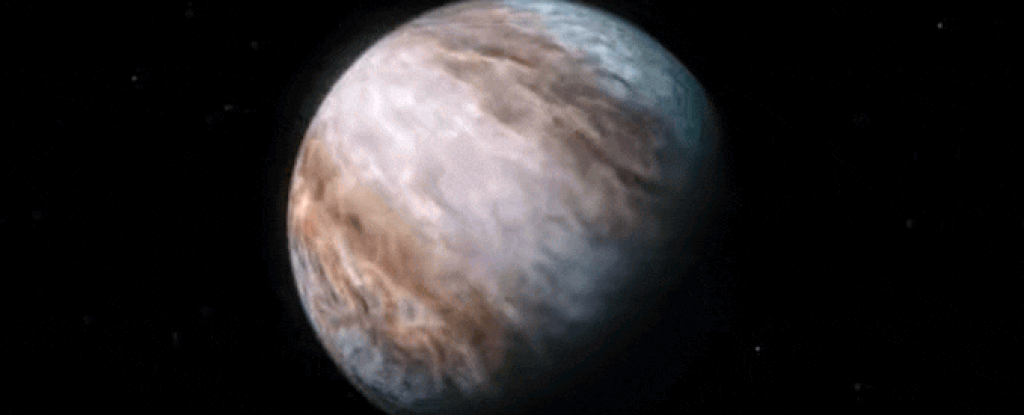
Winds circling a gas giant more than 500 light years from Earth have been detected flowing at supersonic speeds approaching 33,000 kilometers per hour, making them the fastest air currents on any known planet by a wide margin.
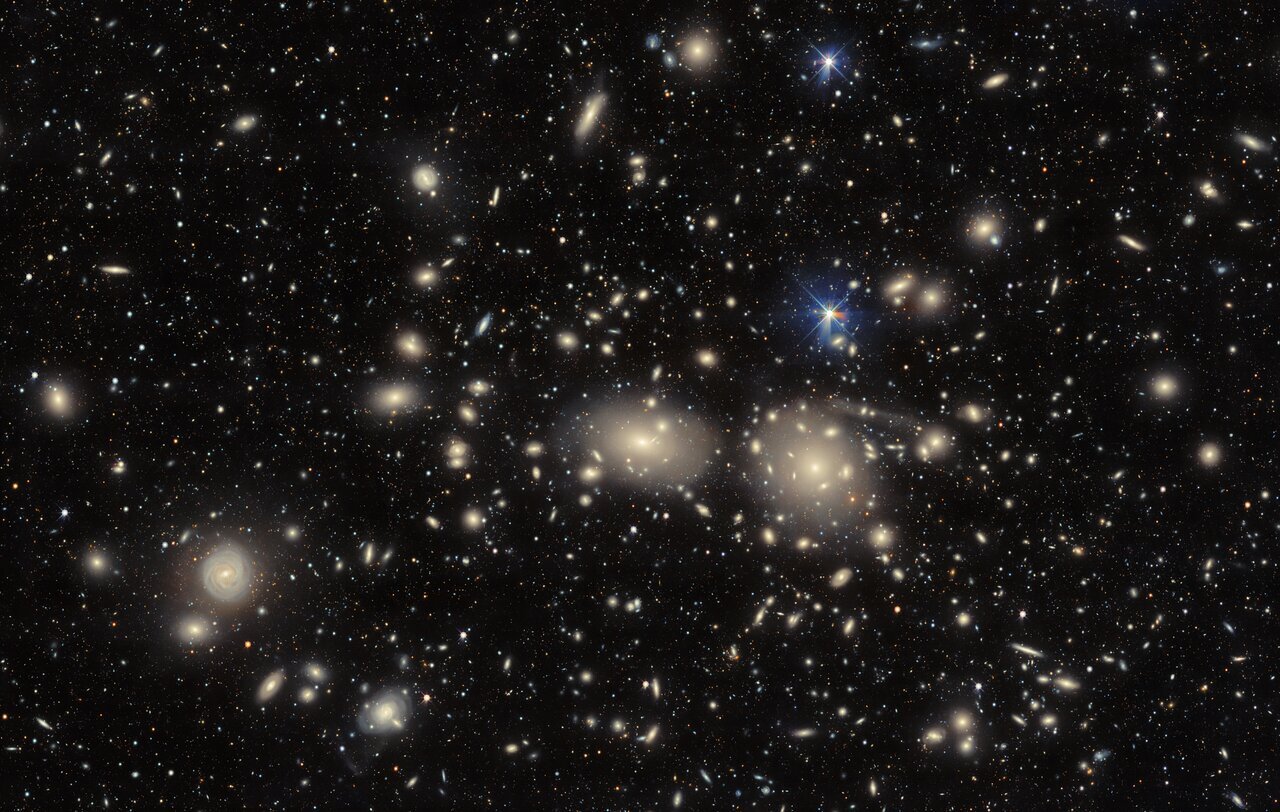
A new measurement confirms what previous - and highly debated - results had shown: The universe is expanding faster than predicted by theoretical models, and faster than can be explained by our current understanding of physics.

We know that lakes existed on Mars’ surface billions of years ago. But scientists have debated whether the lakes were open to the air or covered by a layer of ice.
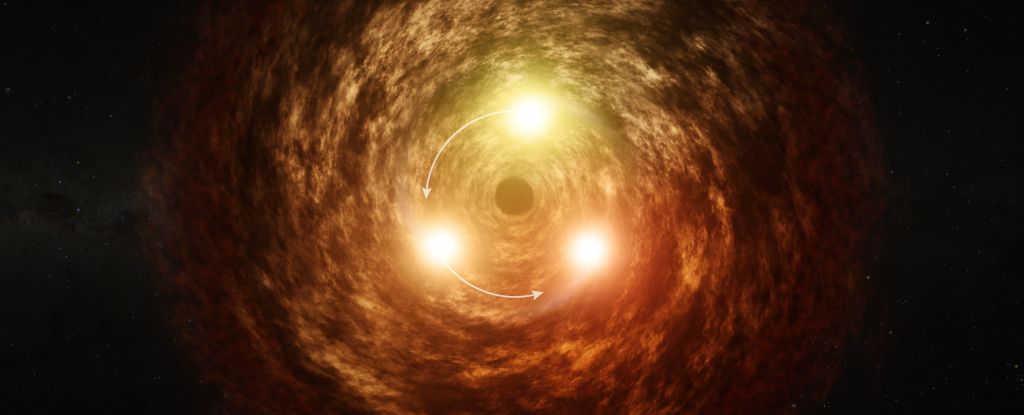
As far as supermassive black holes go, the one at the center of the Milky Way is relatively sedate. But on 6 April 2024, the black hole let out a flare observed in mid-infrared wavelengths, followed by a radio flare counterpart.
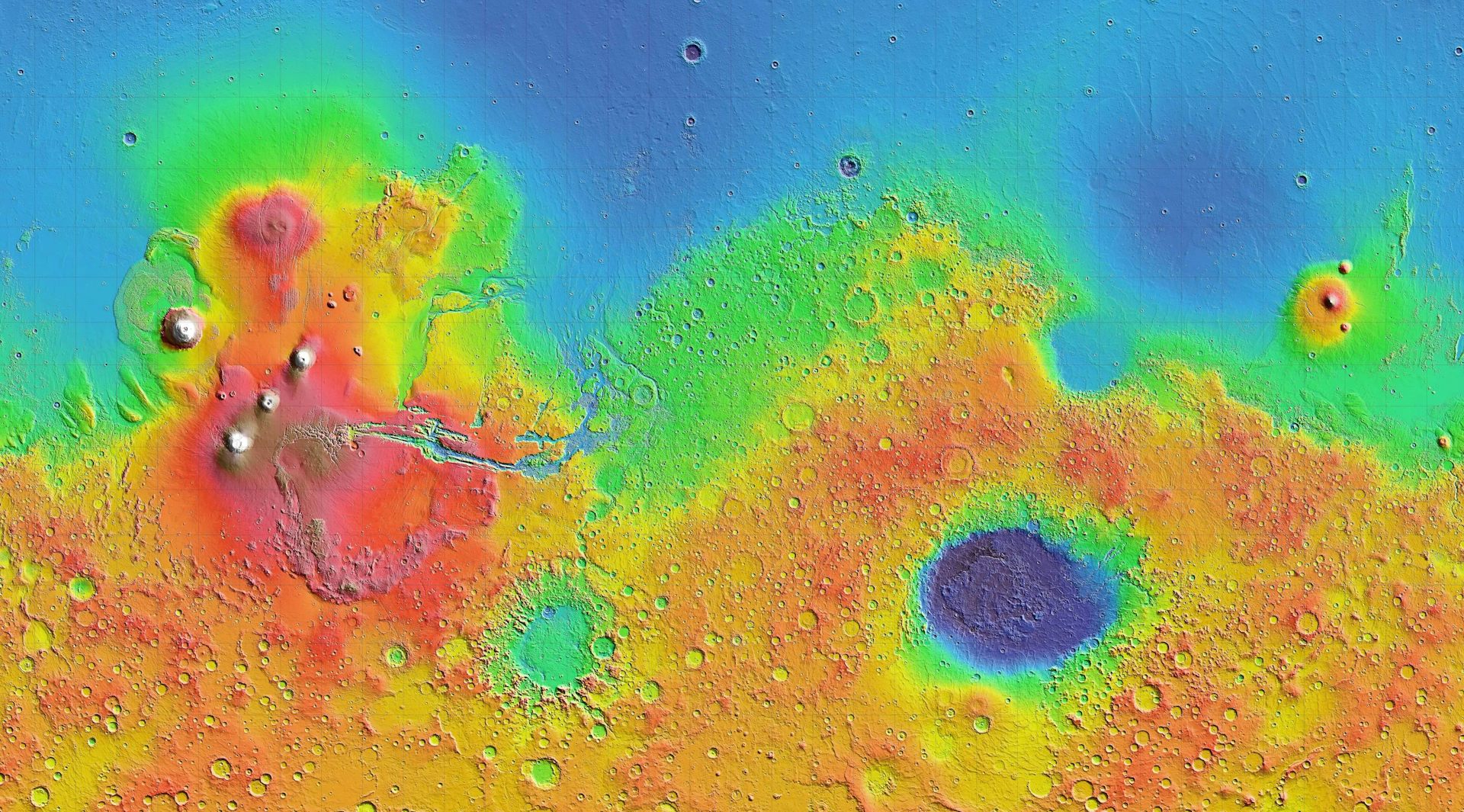
The southern highlands of Mars (which cover about two-thirds of the planet’s surface) rise as much as five or six kilometres higher than the northern lowlands. Nowhere else in the Solar System do we see such a large, sharp contrast at this scale.

The European Space Agency's Milky Way-mapper Gaia has completed the sky-scanning phase of its mission, racking up more than three trillion observations of about two billion stars and other objects over the last decade.
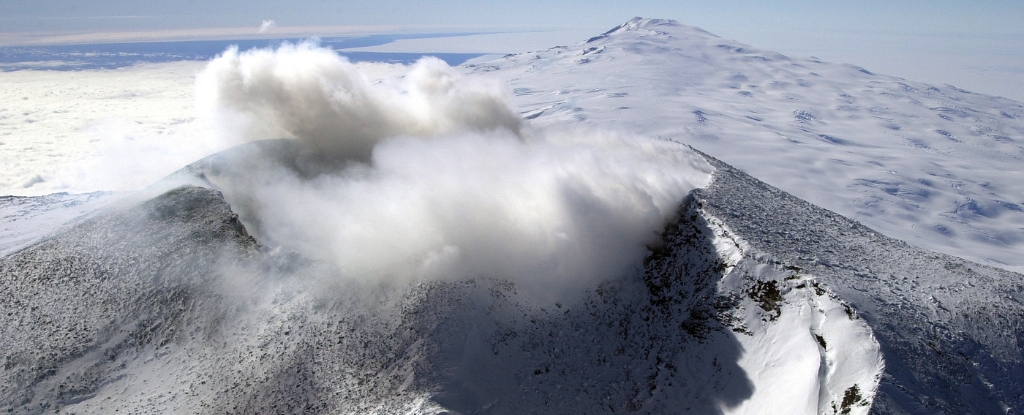
Deep under the frozen desert of western Antarctica, a hidden danger slumbers. Lurking beneath the massive, 1–2 kilometer-thick slab of frozen water lies an active volcanic rift, seething away in the deep, in the darkness.
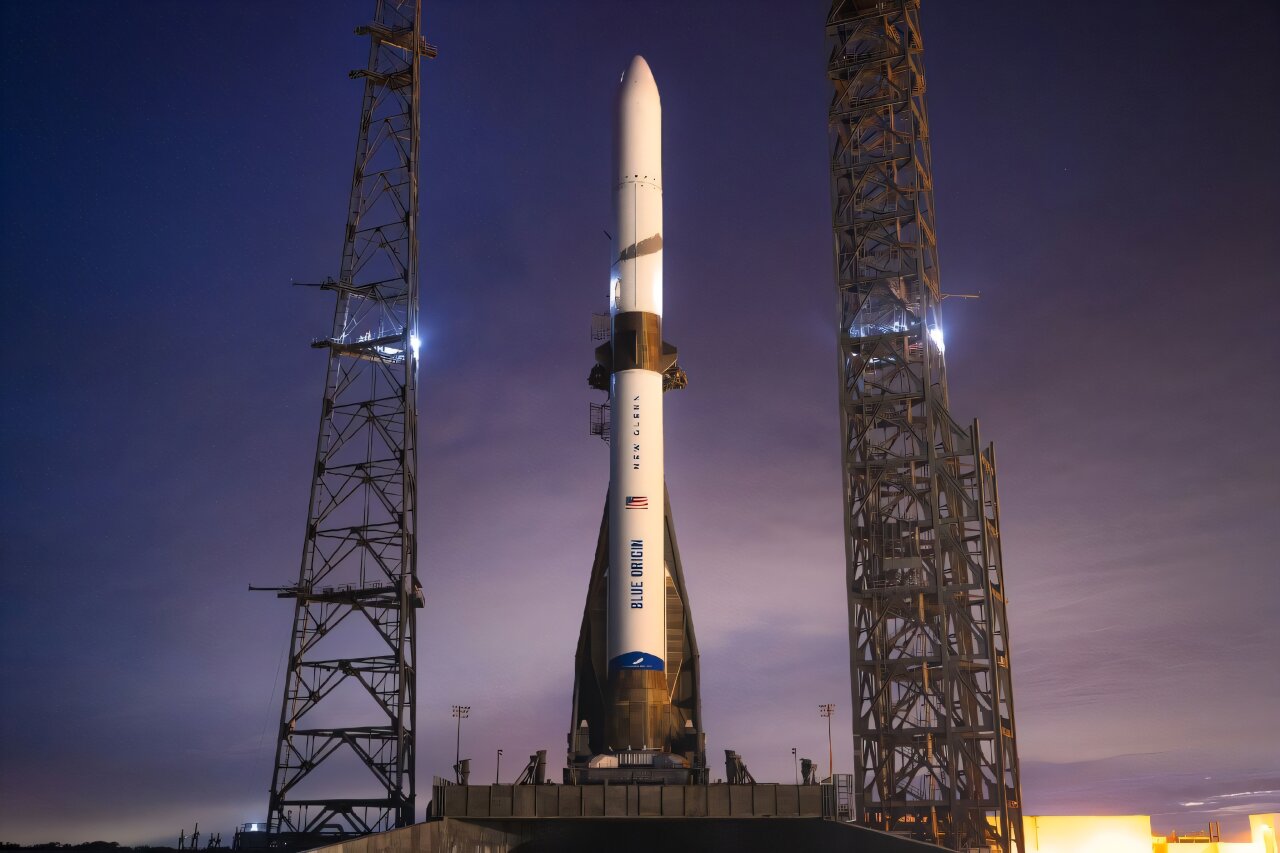
A quarter century after its founding, Jeff Bezos's Blue Origin is finally ready for its maiden orbital voyage with a brand new rocket the company hopes will shake up the commercial space race.

Astronomers at the University of Sydney have found the slowest rotating pulsar yet found, a 'cosmic lighthouse' that spins once every 6.5 hours, pushing the boundaries of what was thought possible.
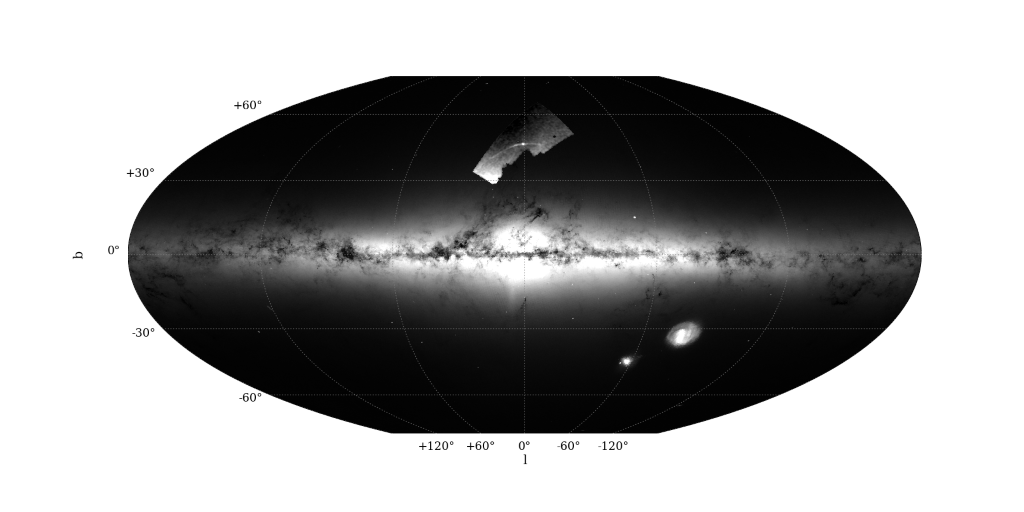
An international team of astronomers show that distinguishing features of Palomar 5 star cluster are likely the result of an oversized black hole population of more than 100 black holes in the center of the cluster.
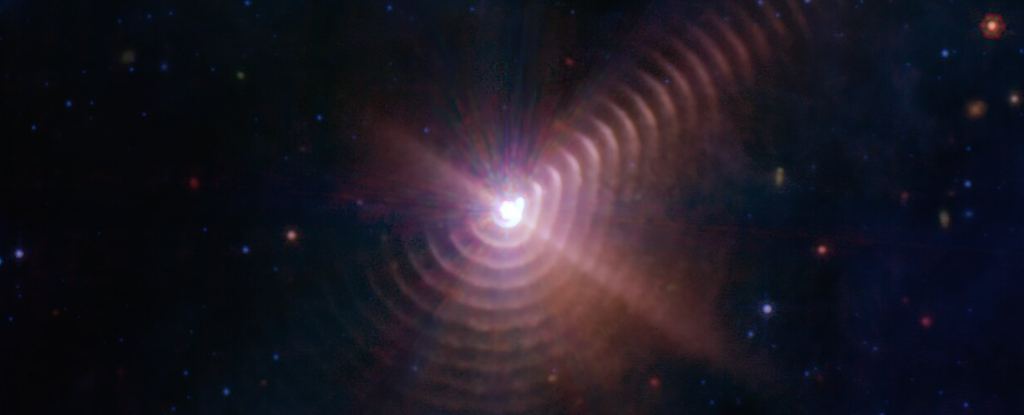
Carbon-rich cosmic dust comes from different sources and spreads out into space, where it's necessary for life and for the formation of rocky planets like ours.
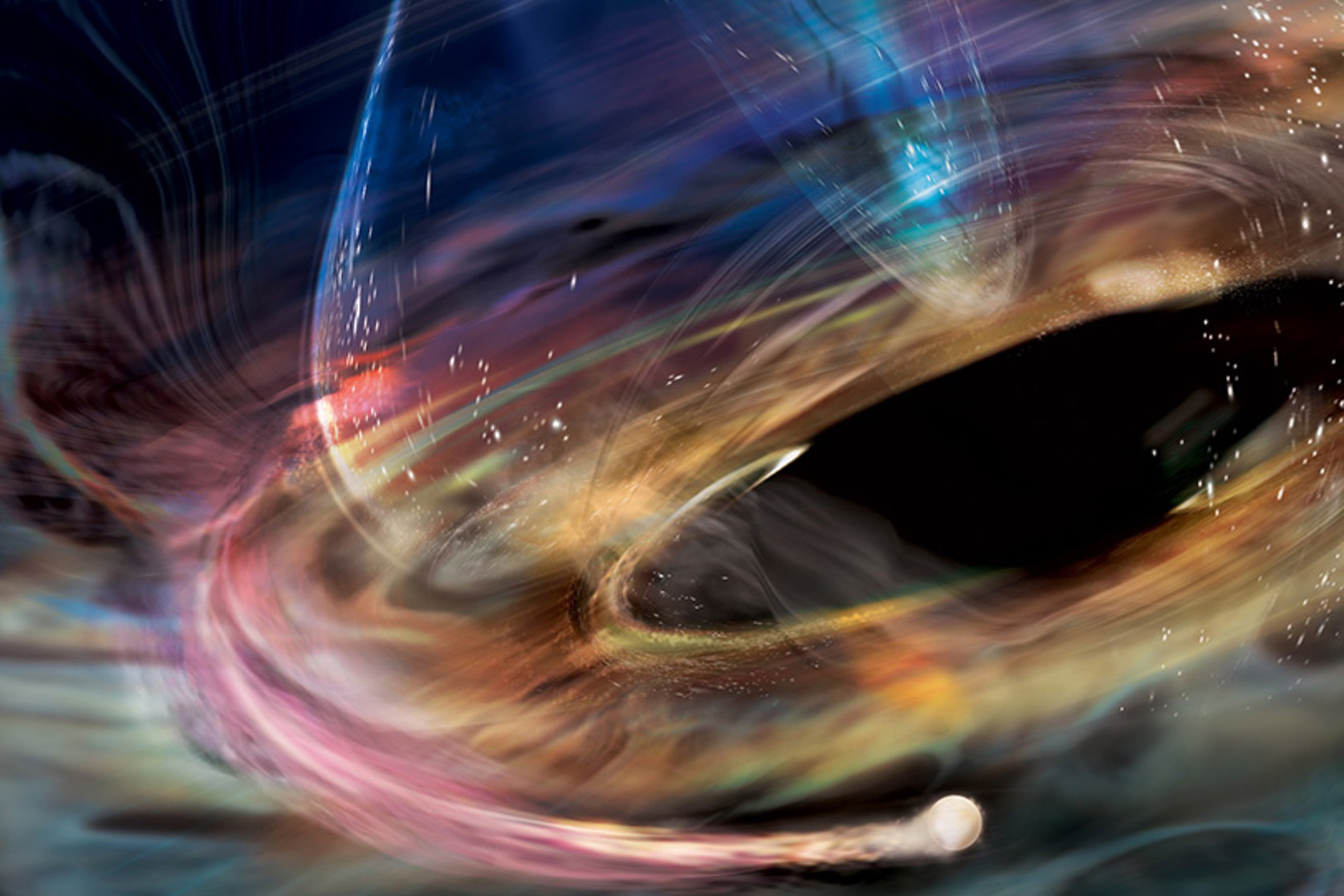
MIT astronomers observed flashes of X-rays coming from a supermassive black hole at a steadily increasing clip. The source could be the core of a dead star that's teetering at the black hole's edge.

On 8 January 2025, the ESA/JAXA BepiColombo mission flew past Mercury for the sixth time, successfully completing the final "gravity assist manoeuvre" needed to steer it into orbit around the planet in late 2026.